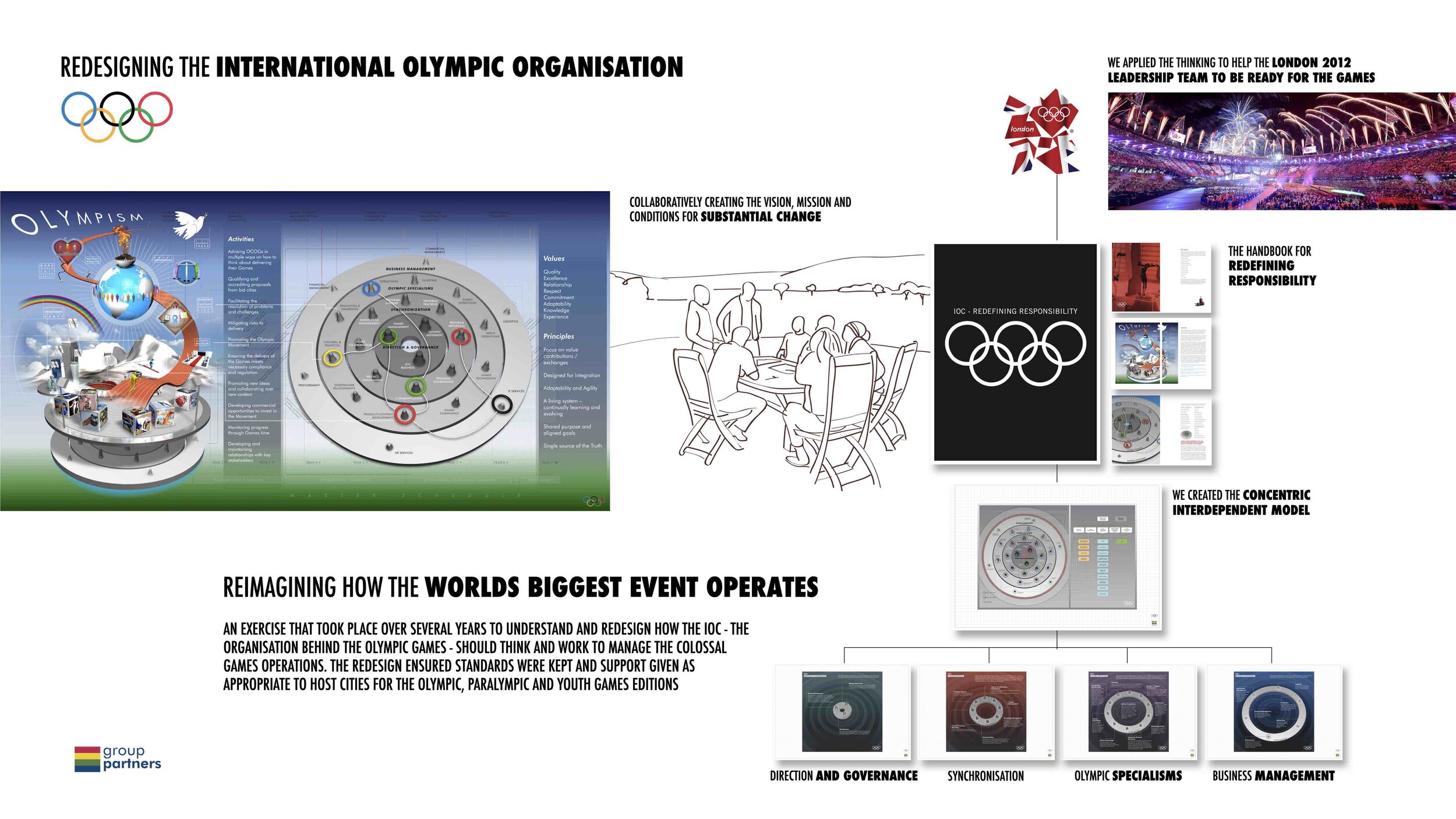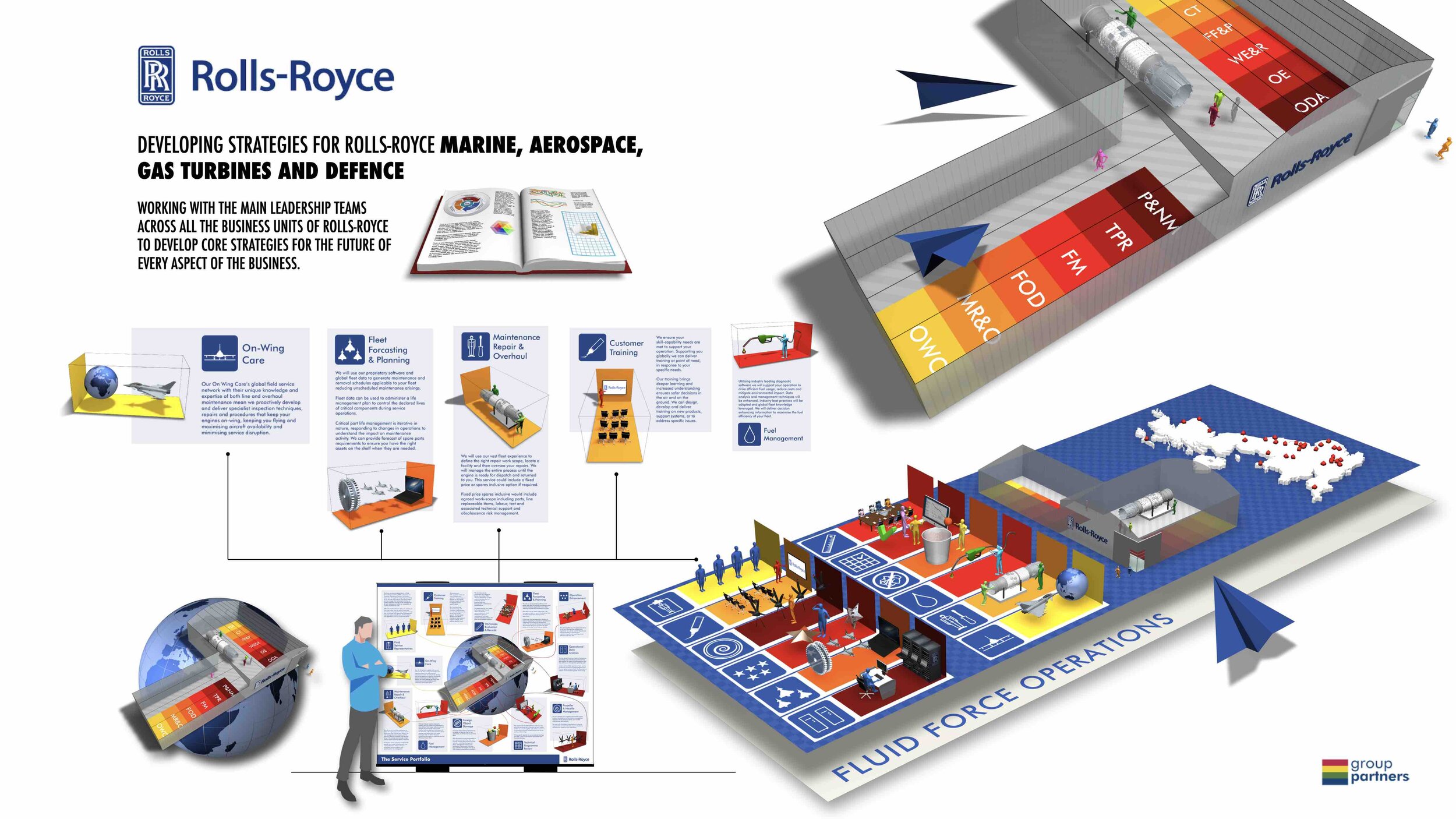
THE FIRST STEP
START ON THE RIGHT TRACK
As a leader, you can’t afford to waste valuable time solving the wrong challenge or opportunity.
Working virtually or COVID safe face-to-face:
Successful strategies are collaborative.
A - Baseline the current situation - ‘what we know’ - ‘how we think’
B - Analyse everyone’s perspectives - conduct a wider stakeholder health check
C - Have the important conversations within a structured visual framework
D - Start to define the plan and -
E - Equip everyone with the initial tools to progress
ONE:
GETTING OUR ARMS AROUND THE CHALLENGE
We start by agreeing on an exam question. This is the challenge that defines the opportunity or issue. We will make sure it’s the right question. Organisations are often widespread and distributed so we’ve built a series of online assessments and tests to quickly appreciate the current reality.
We ask a series of questions that we’ve developed through experience over time. They give us a rapid baseline on the situation. By asking the leadership team or a selected and representative set of stakeholders we can determine the pressure points and ascertain a working degree of alignment quickly.
Something like this:
TWO:
REFLECTING ON WHAT WE’VE HEARD
It’s possible this will alter or refine the exam question. That’s a good thing. Beyond the assessments we conduct individual conversations/meetings both individually or in relevant groups - to deepen understanding and create a trusted relationship.
From these conversations (and prior assessments) we will have a representative perspective. Together with any existing plans and documents (that explain existing strategies and ambitions) we start to build an initial hypothesis for the future.
Something like this:
THREE:
FIGURING OUT HOW TO DESIGN THE PATH FORWARD
Frameworks form the foundations of our approach. We consider them ‘blueprints’ for conversations to come. They are tools for critical thinking. They encourage creative thinking. They contain the principles and criteria on which we collaborate, facilitate, advise and support teams over the course of each program.
We configure every program according to steps one and two by using our experience. Frameworks are an essential method, fostering creativity, stimulating critical thinking and becoming the platform to sustain performance and execution. You can see an interactive version of this approach below.
Something like this:
FOUR:
WORKING AS A TEAM TO BULD THE PLAN
Creating strategies/making plans that work require a working understanding of the vision and the operation. It won’t work without the ownership of everything that’s involved.
We’ve proven that co-creation is the most effective and proven method for achieving this. By whatever means - large scale collaborative development or by hybrid means we work closely with the decision makers and workforce to make the plans that will stick.
Something like this:
FIVE:
PUTTING THE PLAN INTO ACTION AND MAKING IT STICK
As a consequence of the above we’ve now built the platform to execute. The team will now have access to practical tools and have created blueprints backed up by definitions.
The team is now equipped with the critical pillars upon which to make progress. Over the years we’ve developed software and mechanisms to support the teams to enable them to stay aligned with the principles in the frameworks if they don’t already exist inside the business.
Something like this:
A QUICK GUIDE
FRAMEWORK SIMULATOR
THIS SECTION WILL REQUIRE A LAPTOP OR DESKTOP COMPUTER.
Select your challenge and click to see how frameworks are configured for each situation:
Try It:
ROLLOVER AND CLICK:
CLICK FOR THE BIGGER PICTURE
SOME CASES BY WAY OF ILLUSTRATION
Rapid Results
Illustrated below are some of the programs we’ve worked on around the world.
They show the kinds of challenges we’ve tackled.
Typically we work in the area of leadership strategy where speed and effectiveness is of critical importance.
Strategies for change, transformation, alignment and the development of teams able to solve a business challenge or exploit an opportunity.
Digital transformation, consumer experience, adapting to the new dynamics, readiness for the future.
BLUEPRINTING THE FUTURE
Framework Thinking
Conversations are essential for leadership teams.
It is a core part of how they can assimilate and process the enormous amounts of data within their contexts.
It’s the only way to emerge with a path forward that ensures ownership and engagement in the execution of the plan.
Objective and impartial facilitation within proven frameworks dramatically improve the performance, the pace and effectiveness of these critical stages.
Frameworks are highly powerful tools, because they are developed in collaboration, and visual they force creative thinking and practical outcomes.
GETTING INSIDE THE TECHNIQUE
Frameworks contain critical detailed elements these are the aspects/dimensions that are most important to be understood
Every module is assembled with specific criteria tailored to each 'situation’
Each situation is defined by an ‘exam question’
This anchors and informs assignment - it governs the focus of the team and all dimensions of the program
As a result each program can be defined as a blueprint for the future and tackle every single business challenge or opportunity























